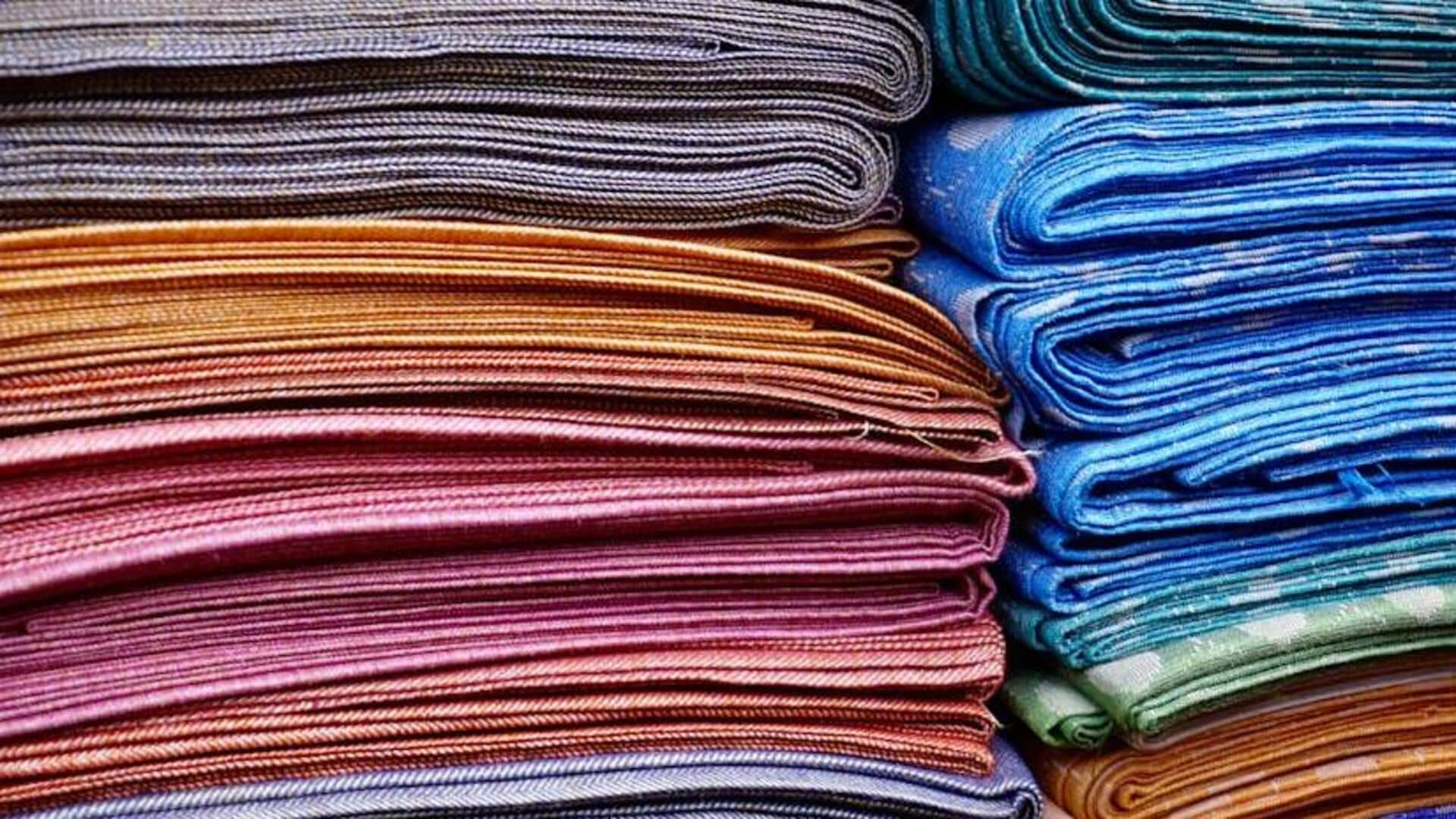
Mastering layering with vegan fabrics
What's the story
As the chill of winter sets in, the quest for warmth often leads us to layer our clothing. However, for those committed to a cruelty-free lifestyle, finding suitable materials that do not compromise on ethics can be a challenge. This article explores how to master the art of winter layering using vegan fabrics, ensuring you stay warm without sacrificing your principles.
Background
The rise of vegan fabrics
Vegan fabrics, created without animal products, offer an ethical alternative to traditional winter materials like wool and down. Thanks to recent advancements in textile technology, high-quality vegan fabrics are now both warm and sustainable. Options such as recycled polyester, organic cotton, and Tencel provide excellent choices for those committed to ethical consumption. These materials have become popular among consumers looking for cruelty-free warmth.
Key concept
Key concepts in vegan layering
The key to effective layering with vegan fabrics lies in understanding their thermal properties and how they work together. Synthetic insulators like Thinsulate offer warmth comparable to down, while natural fibers such as bamboo or hemp provide breathable base layers that wick moisture away from the body. Combining these materials allows for optimal warmth without bulk.
Tip 4: Accessorize ethically
Practical advice on vegan layering
Start with a base layer of organic cotton or bamboo to wick away moisture. For insulation, choose recycled polyester fleece or synthetic down alternatives. Your outer layer should be windproof and waterproof, made from recycled plastics or plant-based materials. Complete your outfit with accessories like hats, gloves, and scarves made from vegan-friendly materials such as acrylic or sustainable plant yarns.